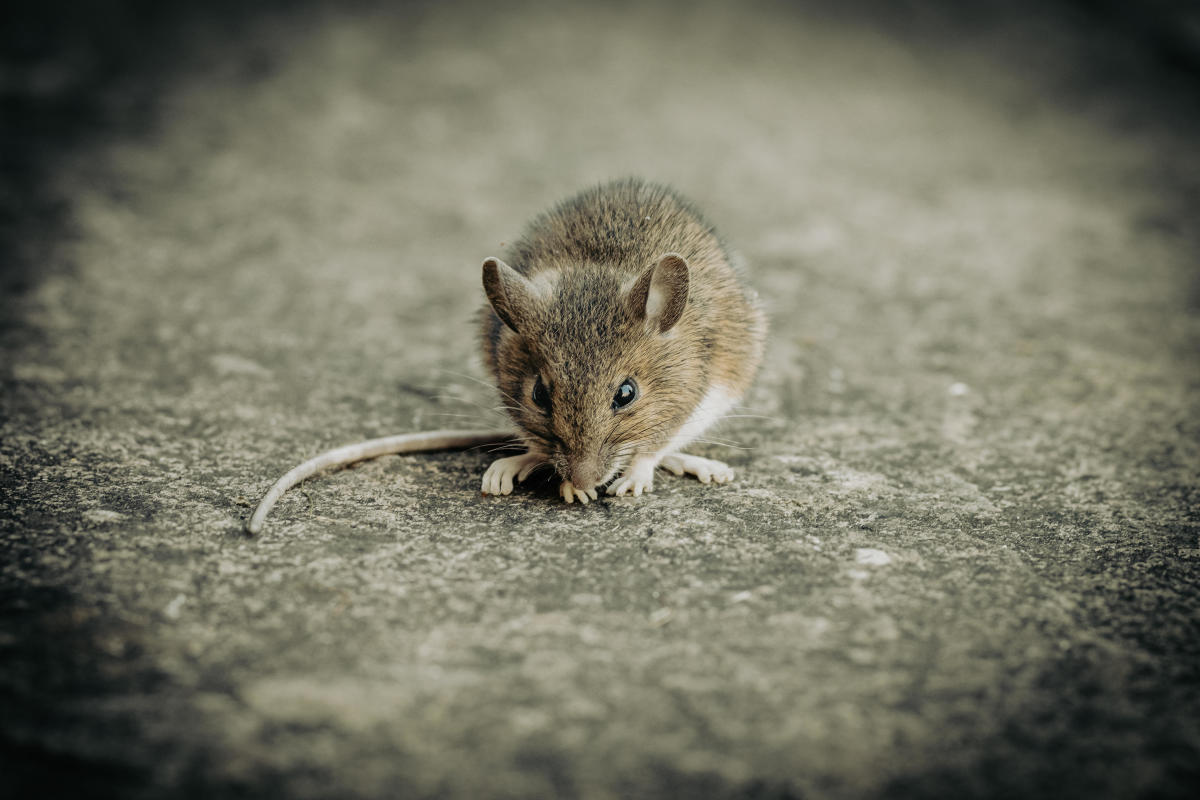This article is produced by National Geographic Traveler (United Kingdom).
On an African safari, it is good to adjust your perspective from time to time. As your impressions change, the experience becomes deeper. Spotting wildlife from the deck of a lodge or the back of a safari vehicle can be exciting and inspiring, but it is nothing compared to the thrill of sitting in the front seat or, even better, exploring a nature reserve on foot. On the ground, sounds and smells seem amplified: the crunch of sand or twigs underfoot, the smell of hot dust, the sweet scent of wild herbs in the air.
Ready to summon a wave of raw emotion? Try what I do: sit down in the brown grass for a lion’s-eye view of things. It’s highly unlikely that we’ll be surprised by a big cat here in the Nyae Nyae Conservancy in northeastern Namibia. Counting both guides and guests, there are more than a dozen people on my morning bush walk, and safety is in numbers. But there are definitely predators in this part of the Kalahari Desert, somewhere, and chances are we’ll see their tracks.


We have crouched down for an impromptu lesson in fire making. Our guides are a group of Ju/’Hoansi-San (the /’ stands for one of the 48 different clicking sounds in their dialect). Dressed for the occasion in traditional antelope skins and beads, they show me some of the ancient practices.
Prompted by a dignified elder, /Kaece, and his wife, //‡Oro, the lesson unfolds. It begins, quickly and simply, with friction. “Speed and steadiness are important, and strong hands,” /Kaece says through Tsamkgao !I/ae, my Ju/’Hoan interpreter.
Using quick hand movements to twist a vertical stick into a notch in a second stick that lies horizontally, /Kaece generates enough heat to create curls of smoke in a bird’s nest-like bundle of dry grass below. He holds the grass, blows gently, and pulls his head away with a grin as the first flames burst forth. “If you think it looks easy, give it a try,” Tsamkgao says. I soon discover that it’s not easy at all.
My hands aching from the effort, I stand, feeling slightly dizzy. A shimmer of heat blurs the horizon. We continue, Kaece and his extended family leading me along sandy paths trodden by generations of antelope. They stop occasionally at a low tree or bush to show me which leaves can be chewed or crushed and used as a stomach medicine, an antiseptic or a stimulant. Then they show me which tubers, when chopped open, yield precious drops of water—a crucial resource in this seemingly endless stretch of arid scrub, devoid of rivers or waterholes. In the friendly company of the Ju/’Hoansi, this sun-drenched landscape seems bountiful and downright hospitable, but I am fully aware that if they left me here alone, I would not stand a chance.
The San of southern Africa, who sometimes call themselves Bushmen, have traditionally considered themselves the oldest people on Earth. Genetic research suggests that for the past 150,000 years they were the world’s largest ethnic group. In recent centuries, however, they have dwindled to around a hundred thousand, with the Ju/’Hoansi being a minority within this population: it is thought that only a few thousand Ju/’Hoan speakers remain.


In the early 20th century, the Ju/’Hoansi continued to live a nomadic life, hunting and gathering in the game-rich area that later became Etosha National Park. Etosha was officially recognized as a reserve in 1907, and within 50 years the pre-independence apartheid government had driven the nomads from their traditional hunting grounds, or n!ore, the Ju/’hoansi word for “the place where you belong.” They were banished from Etosha and driven east to an isolated, arid, hostile block of the Kalahari that the government called Bushmanland, bordering the Botswana border. Most settled in or around the rugged village of Tjum!kui (or Tsumkwe), about 300 miles from Etosha. Forced to abandon their hunter-gatherer lifestyle, the Ju/’Hoansi struggled to adapt. Their culture of equality and tolerance did not fit into a system where the best way to have their voices heard was through the appointment of leaders and committees, and they have been marginalized ever since.
Ecotourism projects like my bushwalk offer a glimmer of hope, however. They are run by the Ju/’Hoansi on their own terms, generating funds for communities while protecting nature and keeping ancestral skills alive. The Ju/’Hoansi’s understanding of indigenous botany has created other opportunities too: a root called devil’s claw, for example, is sought after internationally as an anti-inflammatory treatment for rheumatism and arthritis.
“Whether it’s for tourism or medicine, it’s our knowledge of plants in the bush that pays for modern basics like transportation and education,” Tsamkgao says. “If things were different and we didn’t need money, we could survive by foraging and hunting for just a few hours a day, leaving us more time to socialize or make art. It’s hard to imagine a healthier lifestyle.”
Published in the Middle East & Africa Collection 2023/24, distributed with the August 2024 issue of National Geographic Traveler (United Kingdom).





